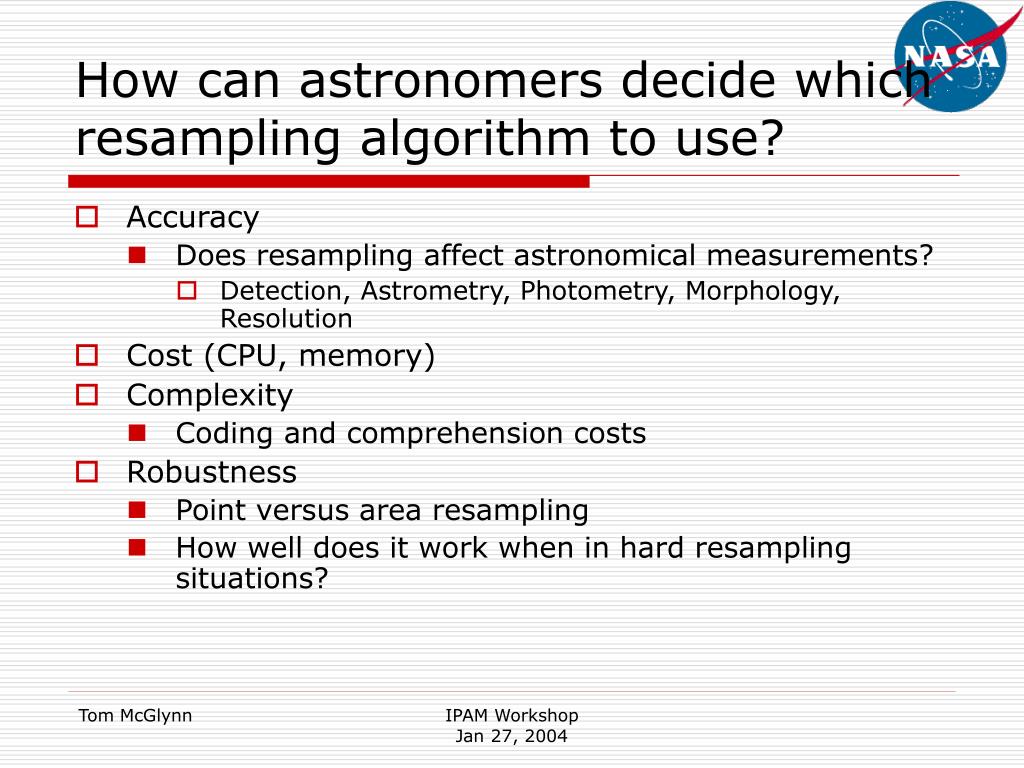

GALAXY 15 is one of the WAAS satellites, for which the FAA provides extended precision orbital elements. This allows direct astrometric measurement of the moving object with respect to background stars, as well as differential photometry with respect to stars. Thus, we eliminate both star and target trails on the CCD. We put a moving target in a central cell and take normal stare-mode multiple exposures (shifting the charge for each sub-exposure), while in surrounding cells charge is shifted simultaneously in RA and DEC to compensate for motion of the background stars while the telescope tracks on the target. Charge can be shifted in either orthogonal direction in each cell independent of the other cells. The 4.8k x 4.8k OTCCD consists of an 8x8 grid of 600圆00 pixel “cells”. We use as our demonstration object a commercial geosynchronous satellite-one for which we can obtain precise orbit information to provide ground truth. It complements the already existing data from the Isaac Newton Telescope (INT) Galactic Plane Survey (IGAPS).We utilize an orthogonal transfer CCD (OTCCD) to demonstrate precise simultaneous astrometry and photometry of a moving object. This catalog contains photometry of these sources in the Sloan-like filters and Gaia EDR3 photometry as well as astrometry for the sources that are present also in the Gaia catalog. This star was previously identified as the likely central star of a faint planetary nebula.Īs a result of the study, the researchers also completed a catalog of 210,907 sources in a 2.0 by 2.0 deg 2 region centered on Messier 37. The astronomers obtained follow-up low-resolution spectra for one of the newly found white dwarfs, designated WD1, confirming it as a hot (with an effective temperature above 60,000 K), hydrogen-deficient object. Spectral energy distribution (SED) analysis suggests that four out of seven WD candidates are likely or very likely members of Messier 37. The team managed to astrometrically and photometrically identify seven isolated and hot white dwarfs as candidate cluster members. "In this paper we employ observations of M37 collected at the Asiago Schmidt telescope in the Sloan-like 𝑢𝑔𝑖 filters to develop and test a procedure to calibrate the geometric distortion of the instrument, exploiting the Gaia Early Data Release 3 (EDR3, Gaia Collaboration et al, 2021) absolute reference system, which will be applied also to other wide-field imager mosaics," the researchers explained.

Hence, a group of astronomers led by Massimo Griggio of the University of Ferrara in Italy, have used the Schmidt 67/92 cm telescope in Asiago (Italy) in order to perform an astrometric and photometric wide-field study of Messier 37, hoping to identify more white dwarf members of this cluster. However, the white dwarf census of Messier 37 is still not complete due to several reasons, including source crowding, dispersal of cluster members, and unresolved binarity with main-sequence companions. More recently, spectroscopic follow-up studies have confirmed, rejected, or identified new cluster members, including a very massive object with a mass of around 1.28 solar masses. Previous observations of Messier 37 have found that it hosts quite a large population of white dwarf (WD) candidates, consisting of about 50 stars.

The age of Messier 37 is estimated to be between 400 and 550 million years, while its metallicity is at a level of 0.02–0.08. The cluster has a radius of at least 10 light years and a total mass of some 1,500 solar masses. Messier 37 (or M37, also known as NGC 2099) is the brightest and richest Galactic OC in the constellation Auriga, located at a distance of about 4,500 light years. Studying OCs in detail could be crucial for improving our understanding of the formation and evolution of our galaxy. So far, more than 1,000 of them have been discovered in the Milky Way, and scientists are still looking for more, hoping to find a variety of these stellar groupings. Open clusters (OCs), formed from the same giant molecular cloud, are groups of stars loosely gravitationally bound to each other.


 0 kommentar(er)
0 kommentar(er)
